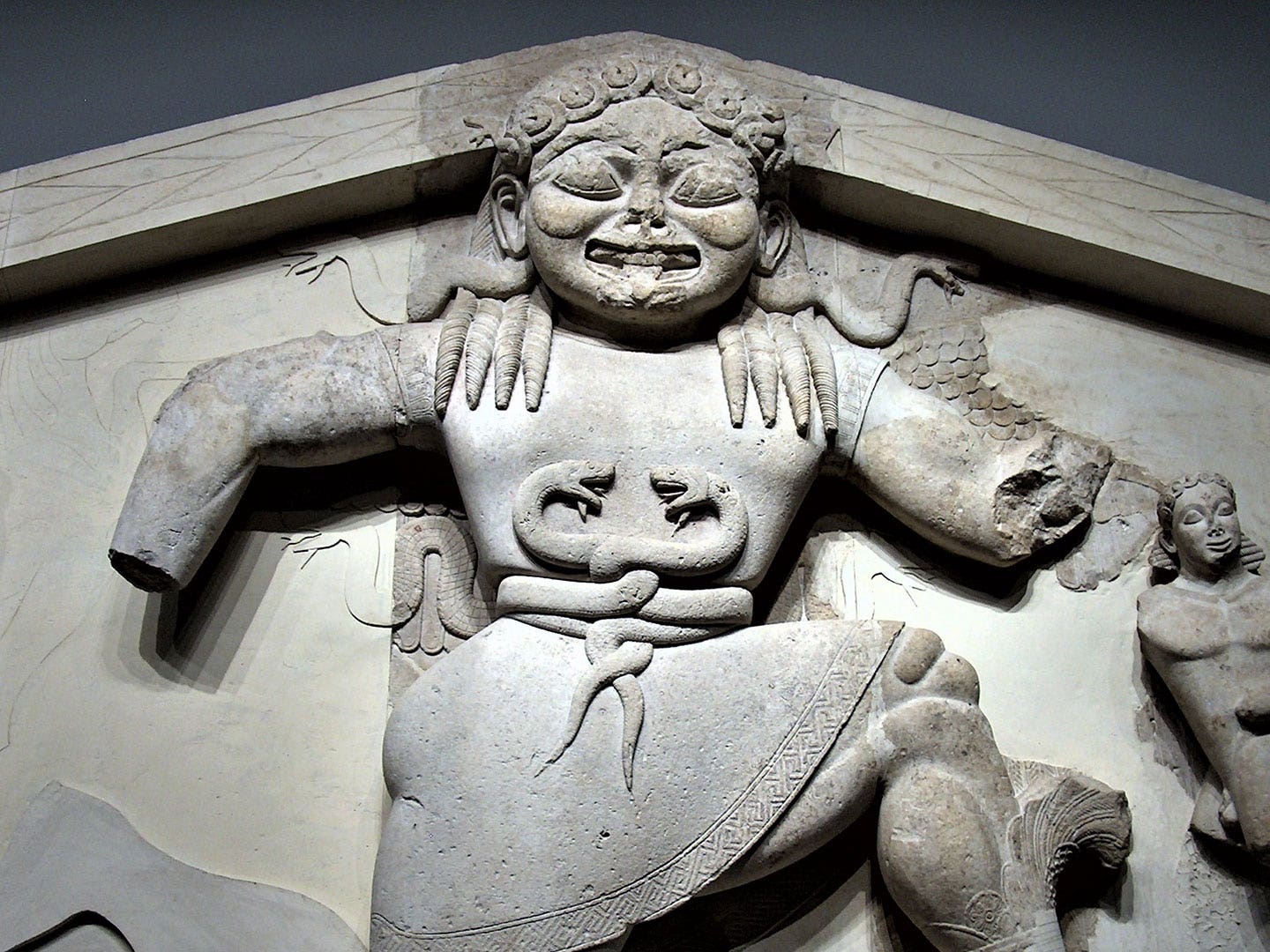The gorgon and Medusa are two female monster archetypes in Greek mythology. The gorgons were three sisters who had hair made of snakes and could turn people to stone with a direct gaze. They were considered immortal and worshipped in some parts of Greece. Medusa was the most famous of the gorgons, and unlike her sisters, she was once a mortal woman. She was cursed by Athena for having an affair and turned into a gorgon. Medusa is often depicted as a terrifying monster with snake-hair and piercing eyes. While the two share some traits, their mortality and cultural significance differ significantly.
Gorgons vs. Medusa
Introduction
In Greek mythology, the gorgon and Medusa are female monster archetypes that have both fascinated and terrified people for centuries. While they share some similarities, they also have distinct differences in their stories, appearances and cultural significance. This article will compare and contrast the gorgons and Medusa, exploring their similarities and differences.
The Gorgons
The gorgons were a trio of sisters – Stheno, Euryale, and Medusa – who were born as monstrous creatures. Their most famous attribute was their hair, which was made of snakes instead of human hair. Anyone who looked directly at their faces would turn to stone. The gorgons had wings, tusks, and scales covering their bodies, which made them formidable creatures.
Unlike Medusa, who was mortal, the gorgons were considered immortal, and they were worshipped as a protective deity in some parts of Greece. The gorgons were often associated with death, and their image was used to ward off evil spirits.
Medusa
Medusa was the most famous of the gorgons and is often depicted as a standalone figure in artwork and literature. Unlike her sisters, Medusa was mortal, and she was once a beautiful priestess of the goddess Athena. According to legend, Athena punished Medusa for having an affair with Poseidon by turning her into a gorgon.
Medusa is often depicted in artwork as a terrifying and grotesque monster, with her iconic snake-hair and piercing eyes. She is known for her ability to turn people to stone when they look into her eyes. In some versions of the myth, Medusa is portrayed as a victim of circumstances, while in others, she is seen as a vengeful and dangerous creature.
Comparing the Gorgons and Medusa
Both the gorgons and Medusa share certain traits, including their snake-hair, monstrous appearance, and petrifying gaze. They were both associated with death and were feared by mortals in ancient Greece. However, there are also significant differences between the two.
One of the most significant differences is their mortality. The gorgons were considered immortal, while Medusa was mortal. The gorgons were worshipped as a protective deity, while Medusa was reviled as a monster.
Another difference is in their cultural significance. The gorgons had a more positive association, with their image being used to ward off evil spirits. On the other hand, Medusa’s image was often used as a warning against the dangers of female sexuality and as a symbol of male dominance.
Conclusion
In conclusion, the gorgons and Medusa are fascinating female monster archetypes that continue to captivate people today. While they share some similarities, such as their snake-hair and petrifying gaze, they also have distinct differences in their stories and cultural significance. Understanding these differences can help us to appreciate the richness and complexity of Greek mythology and the enduring appeal of these powerful female figures.
